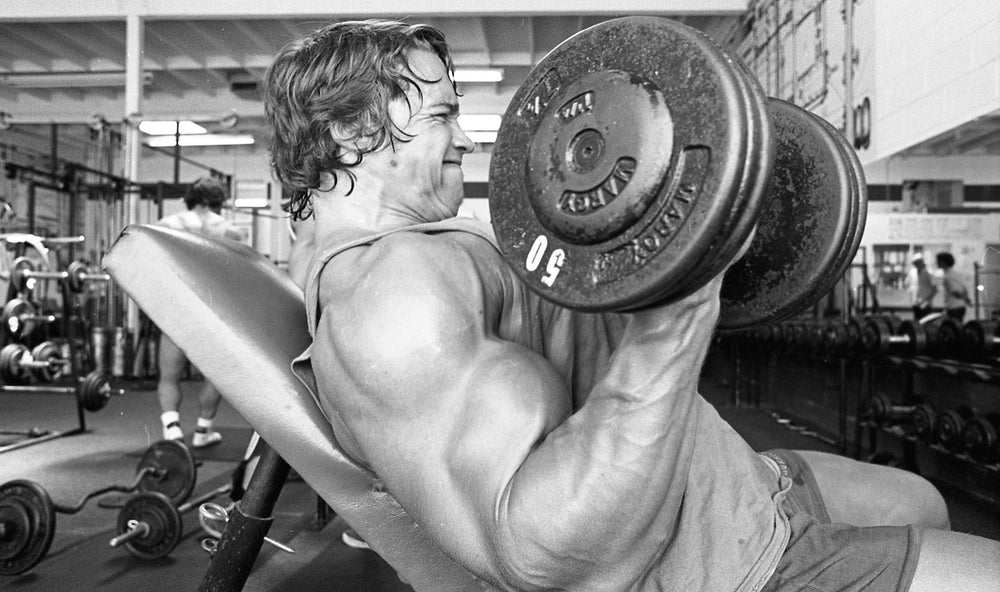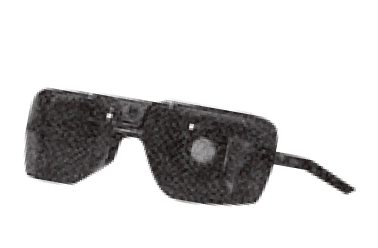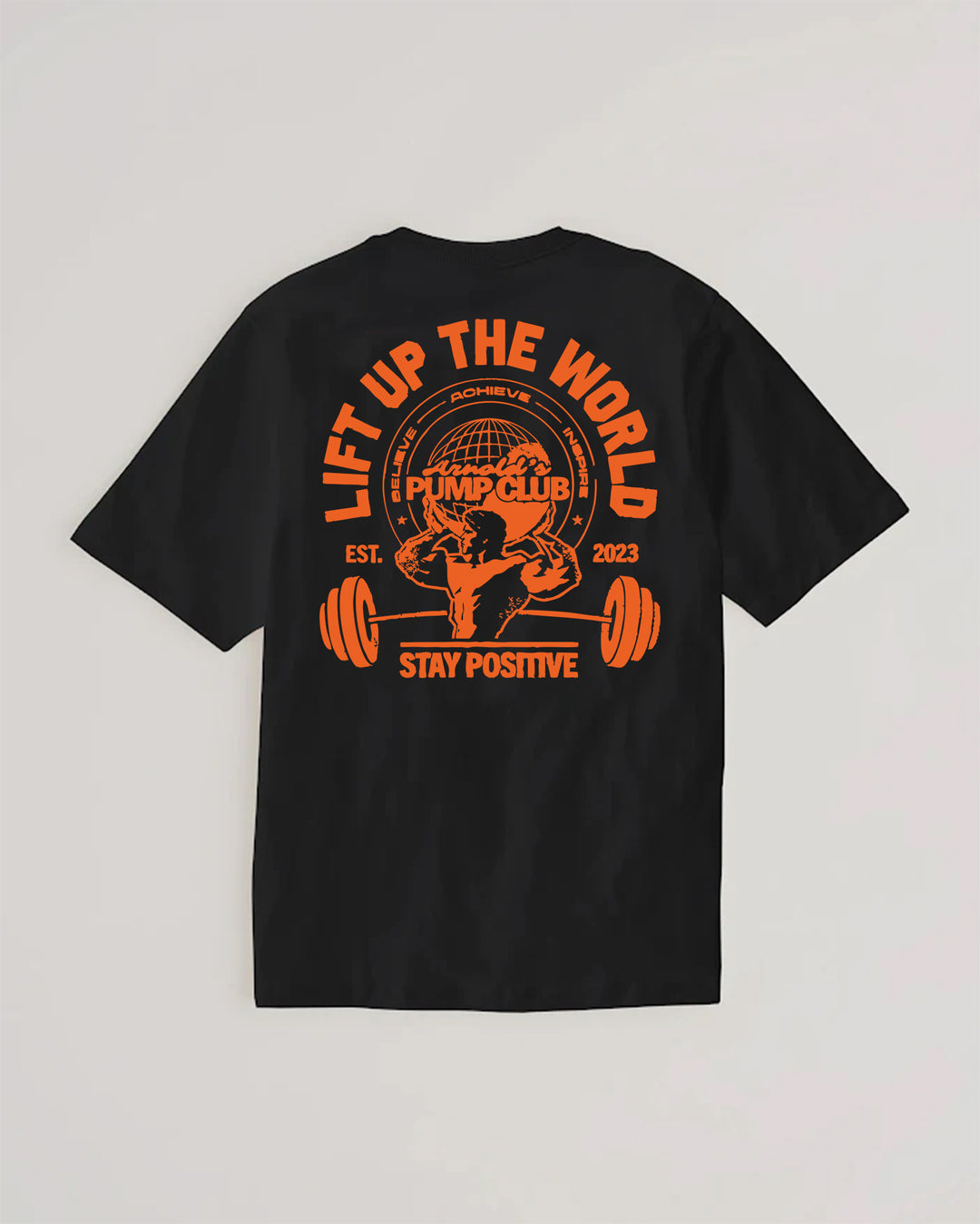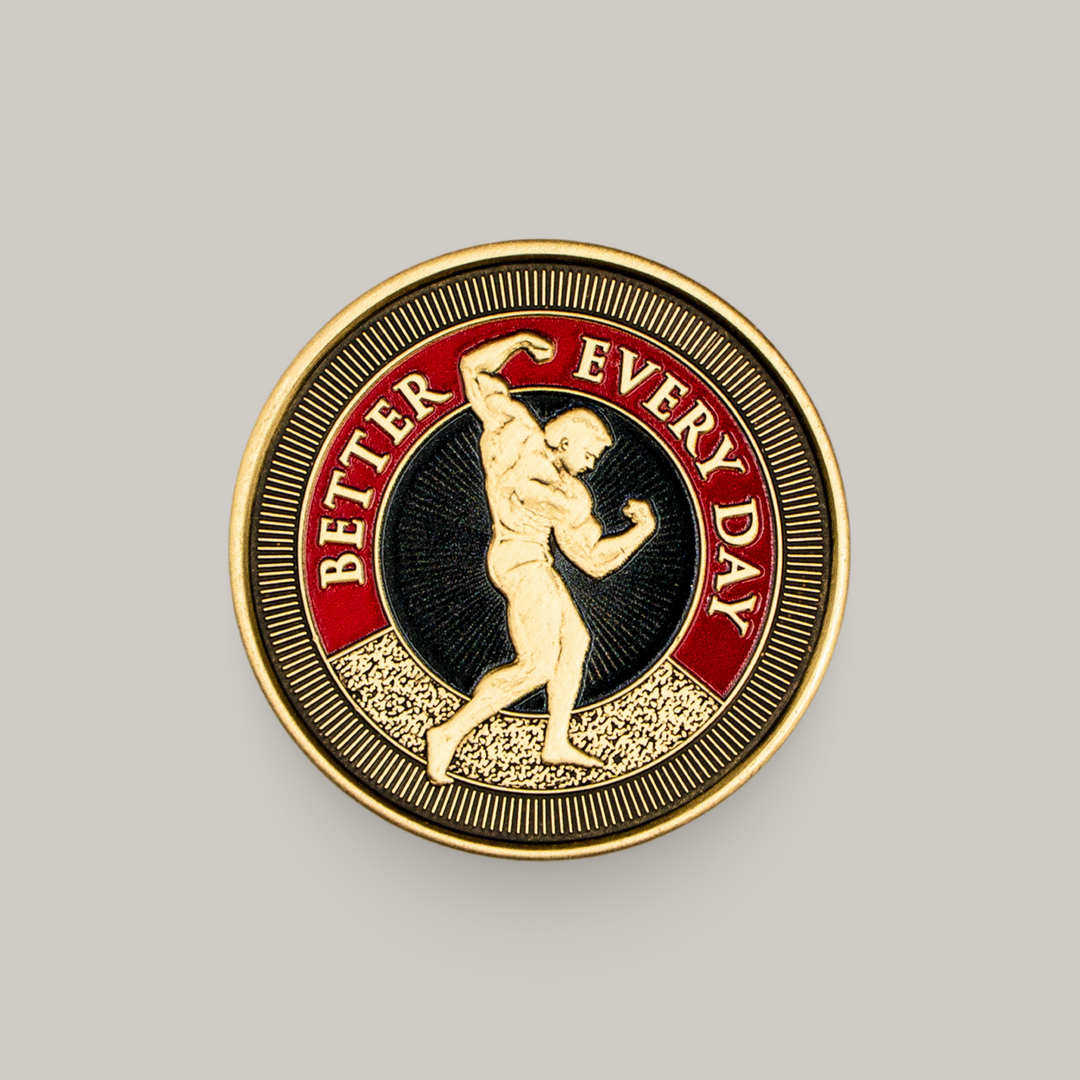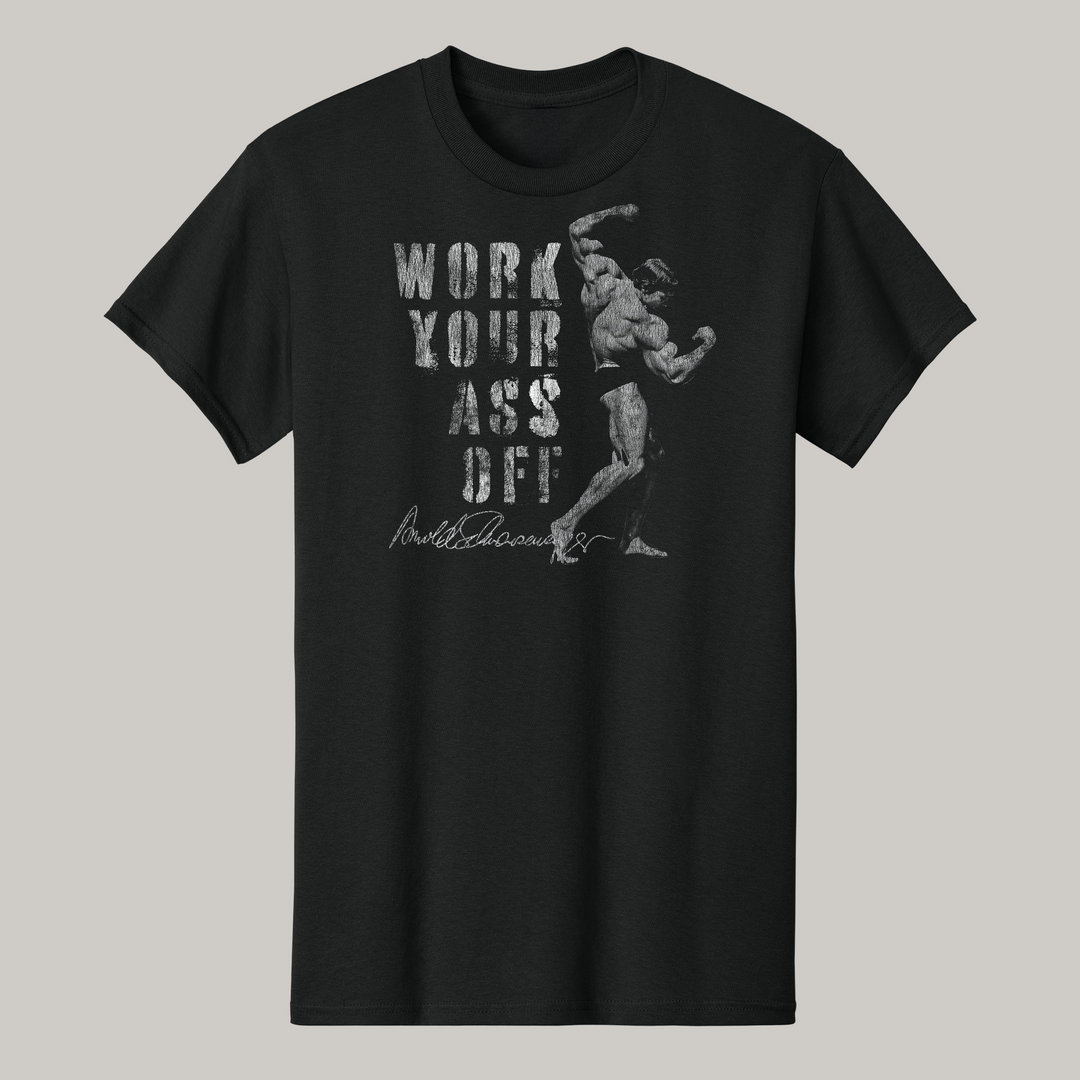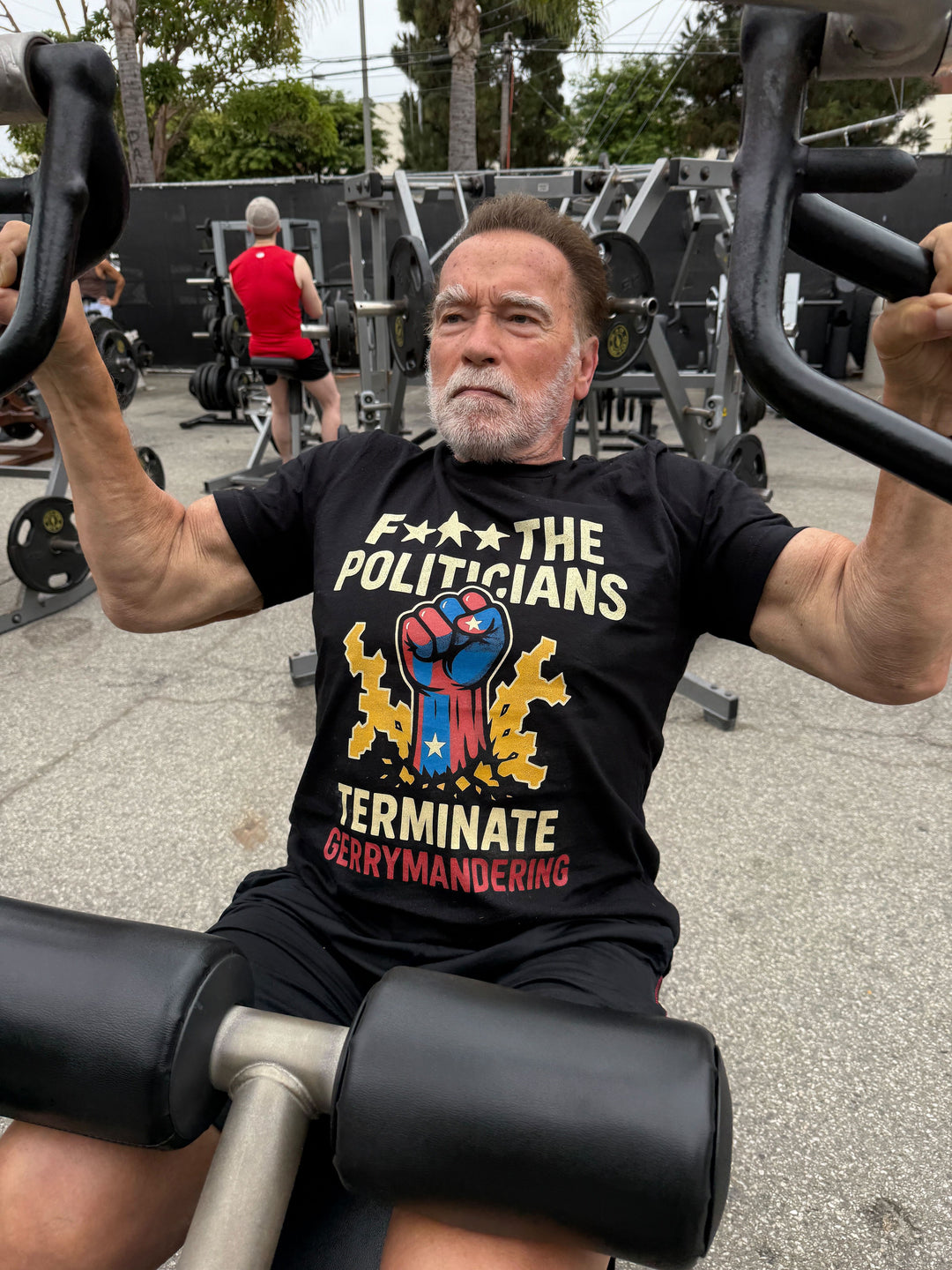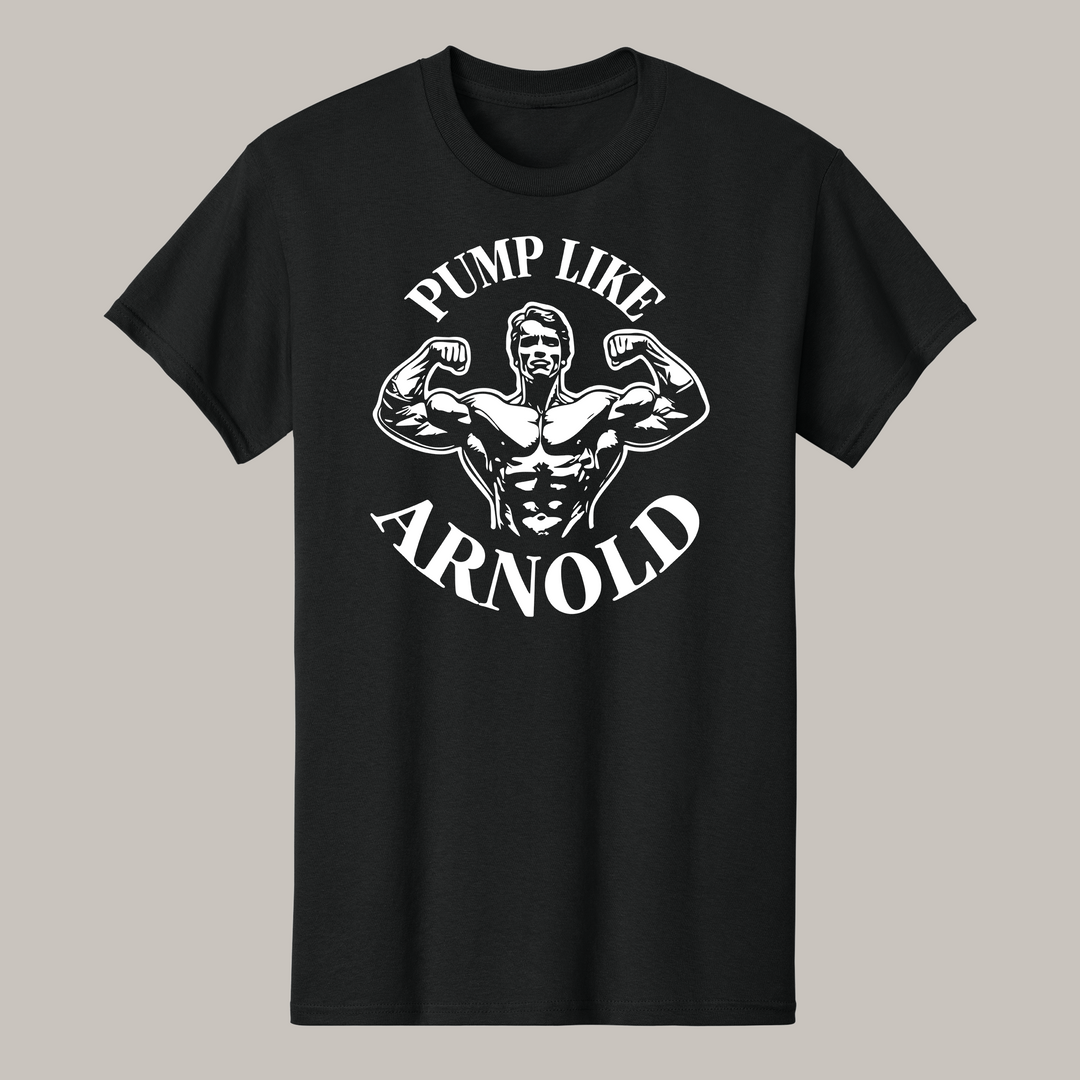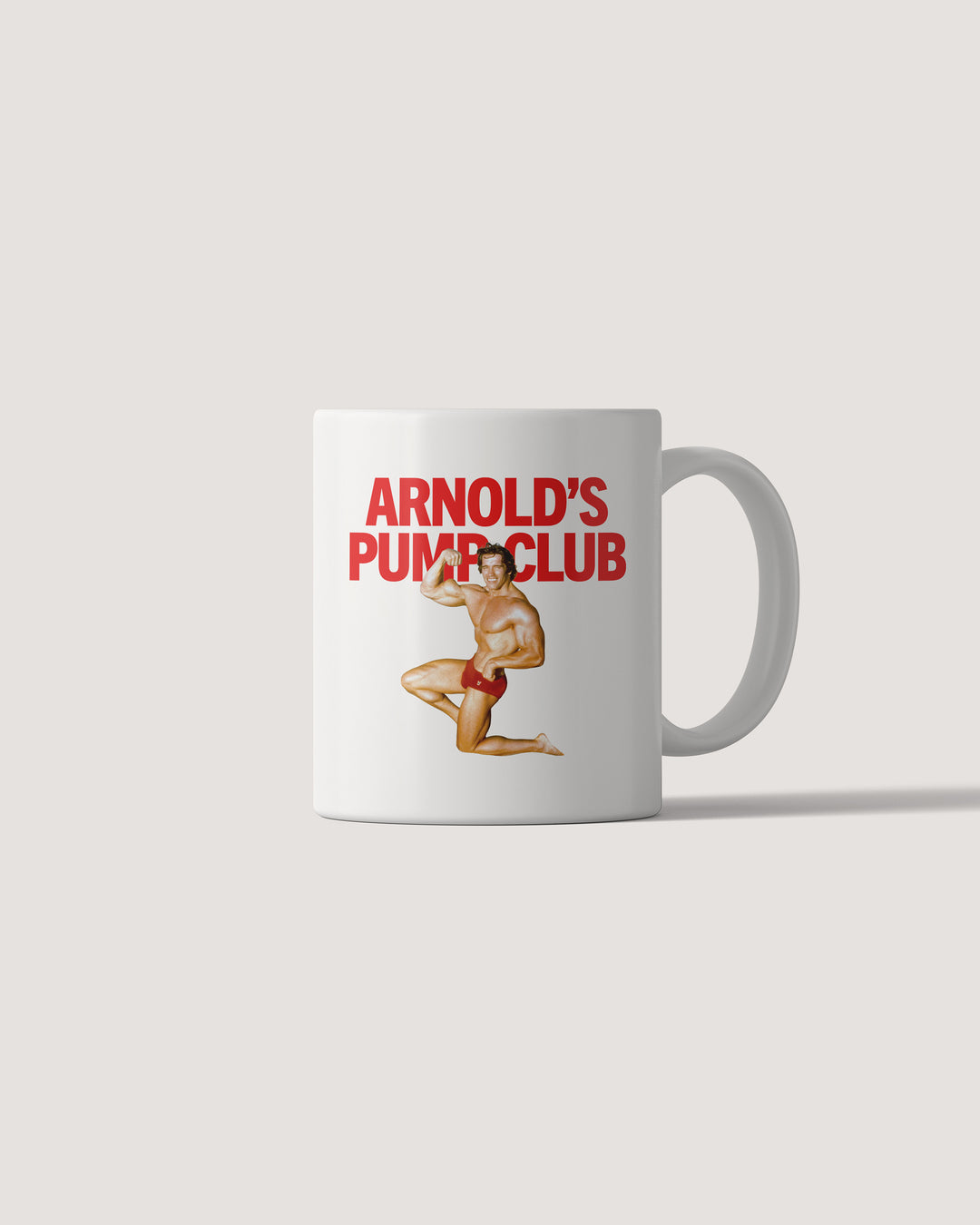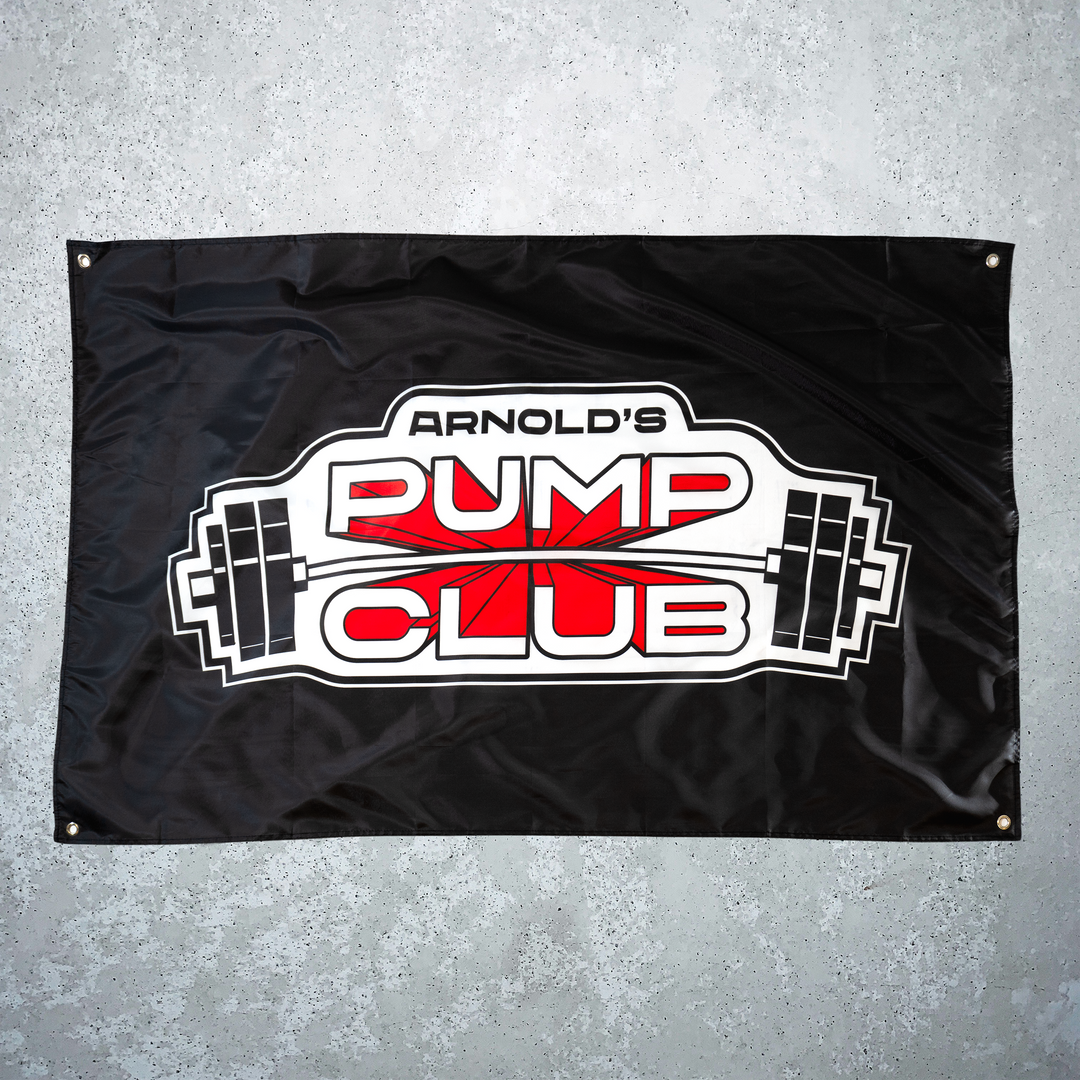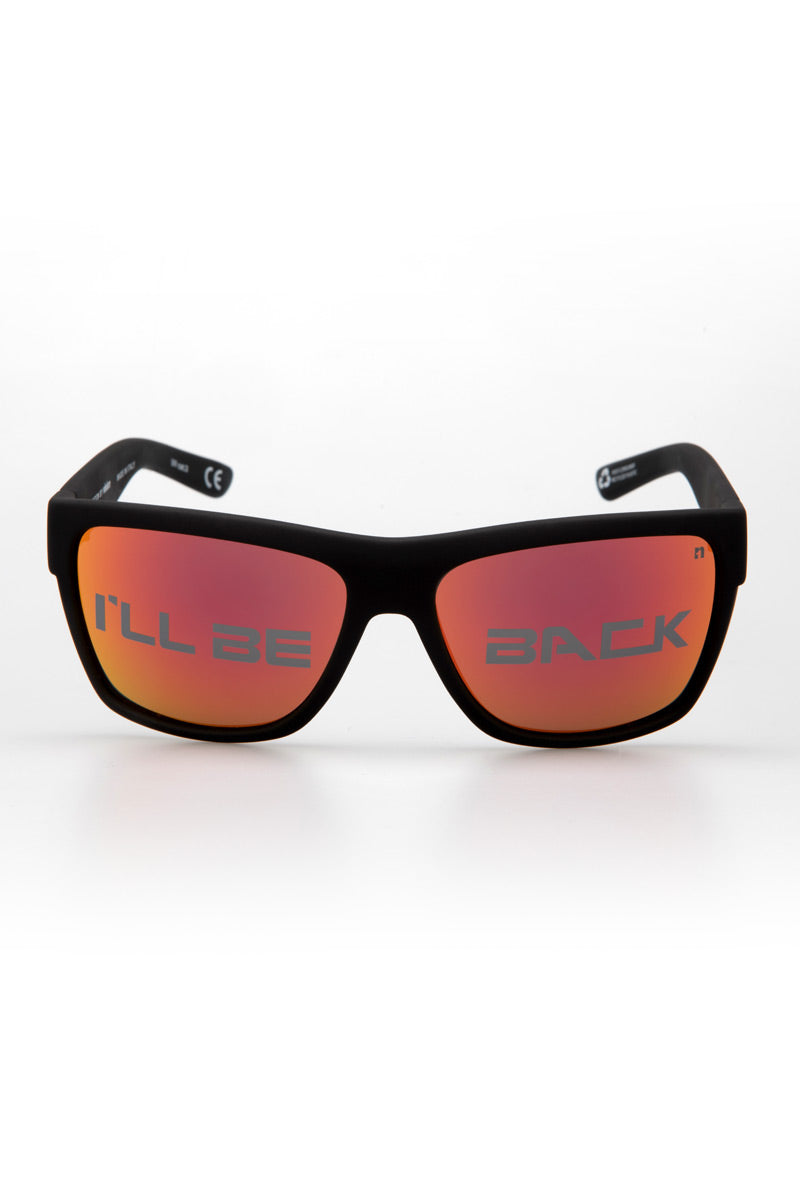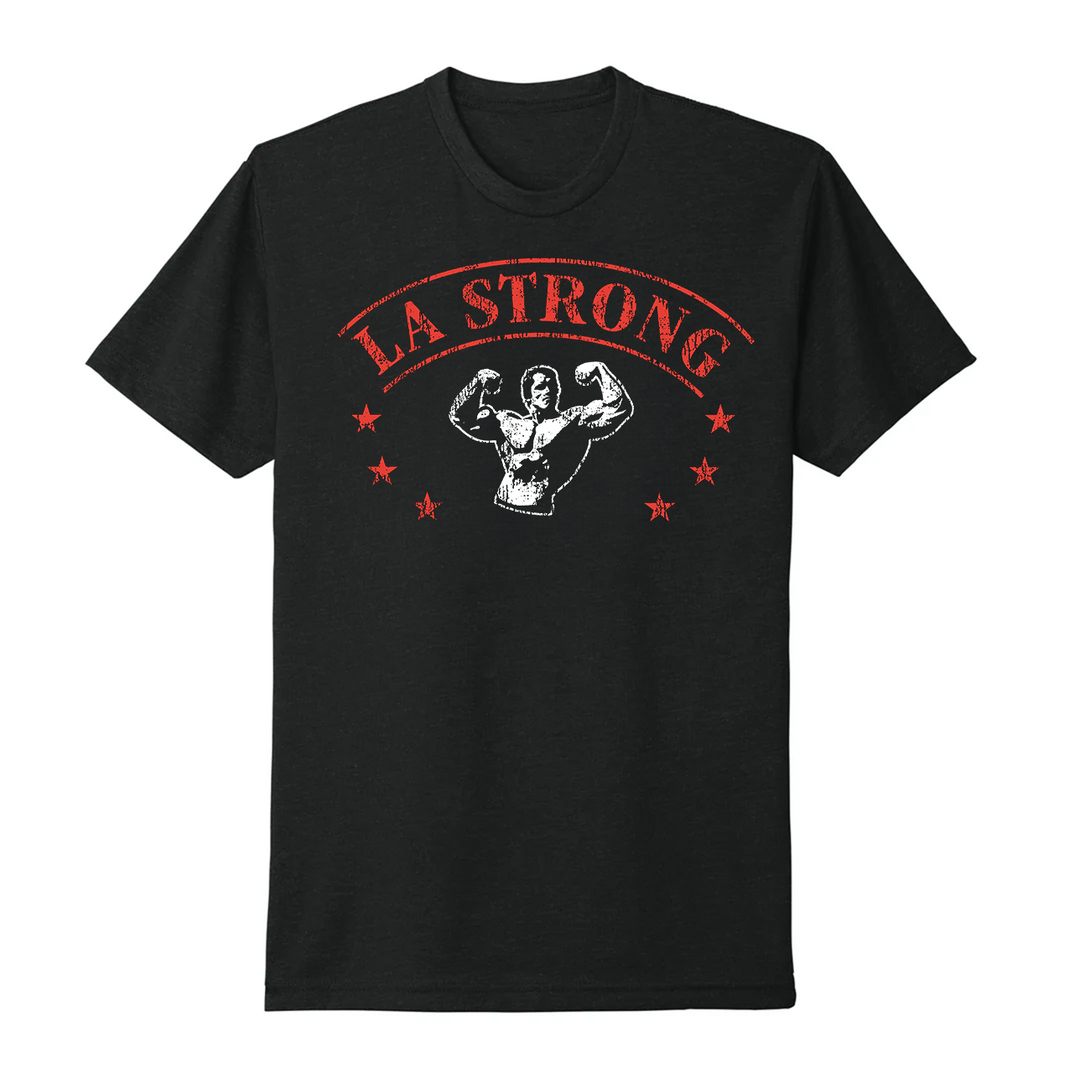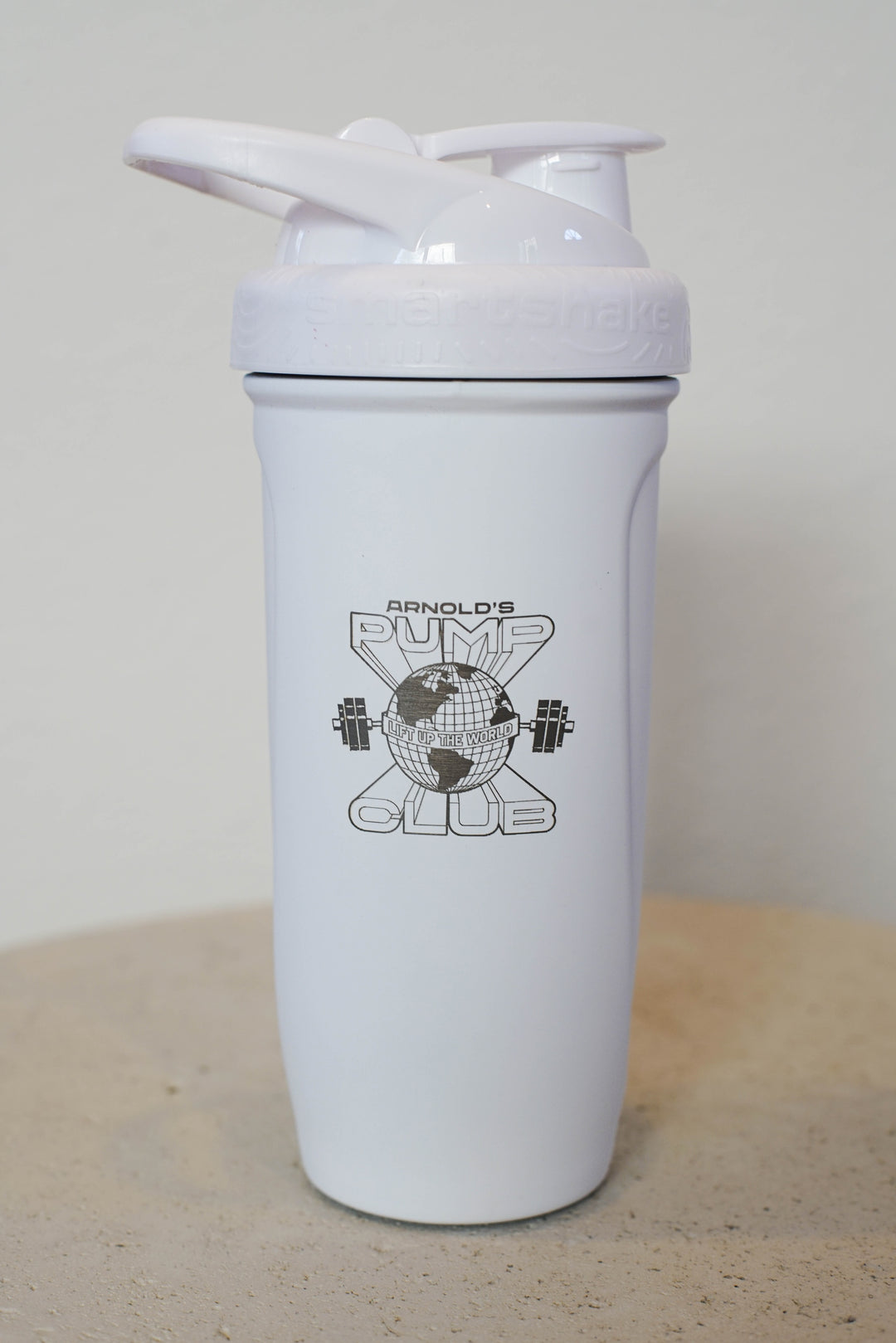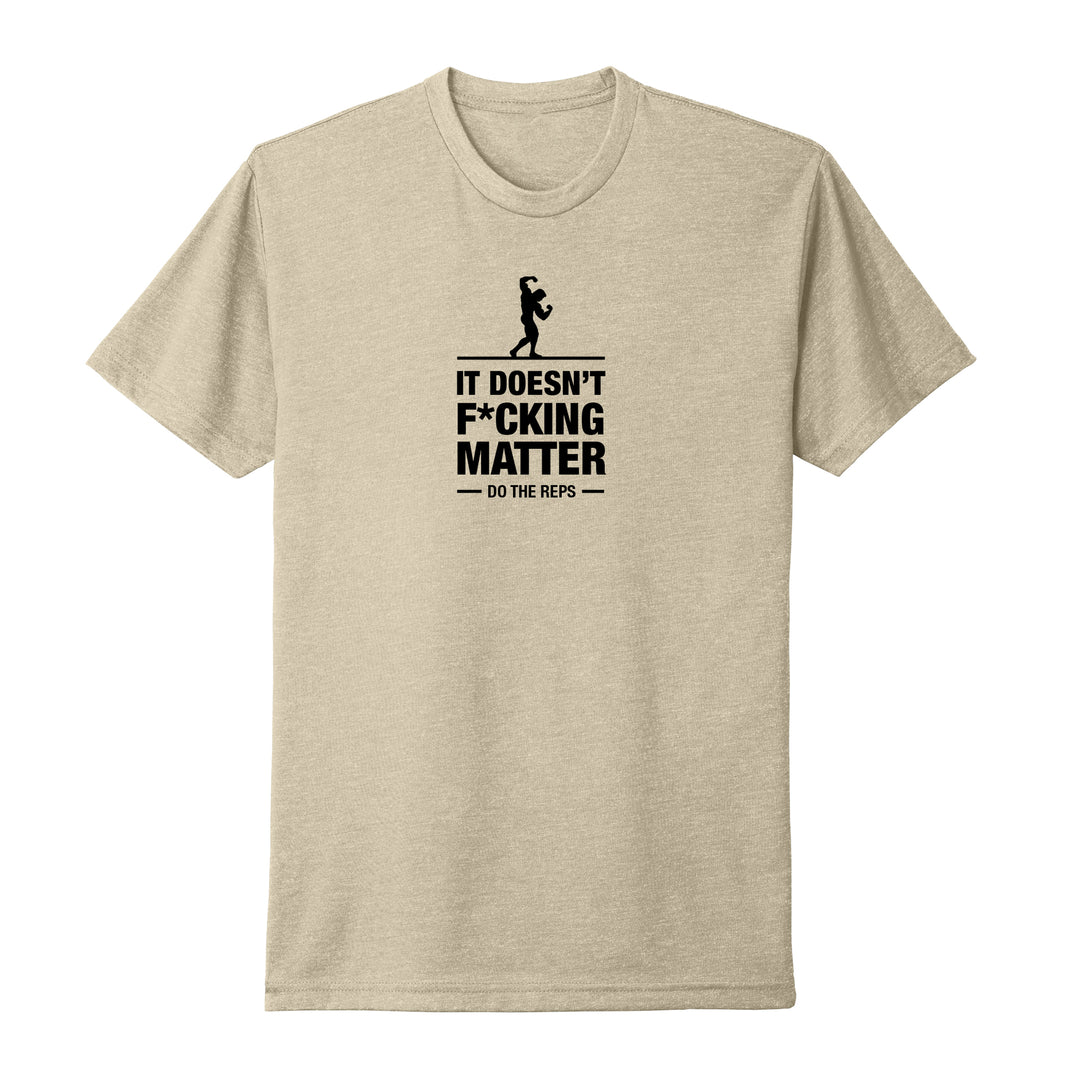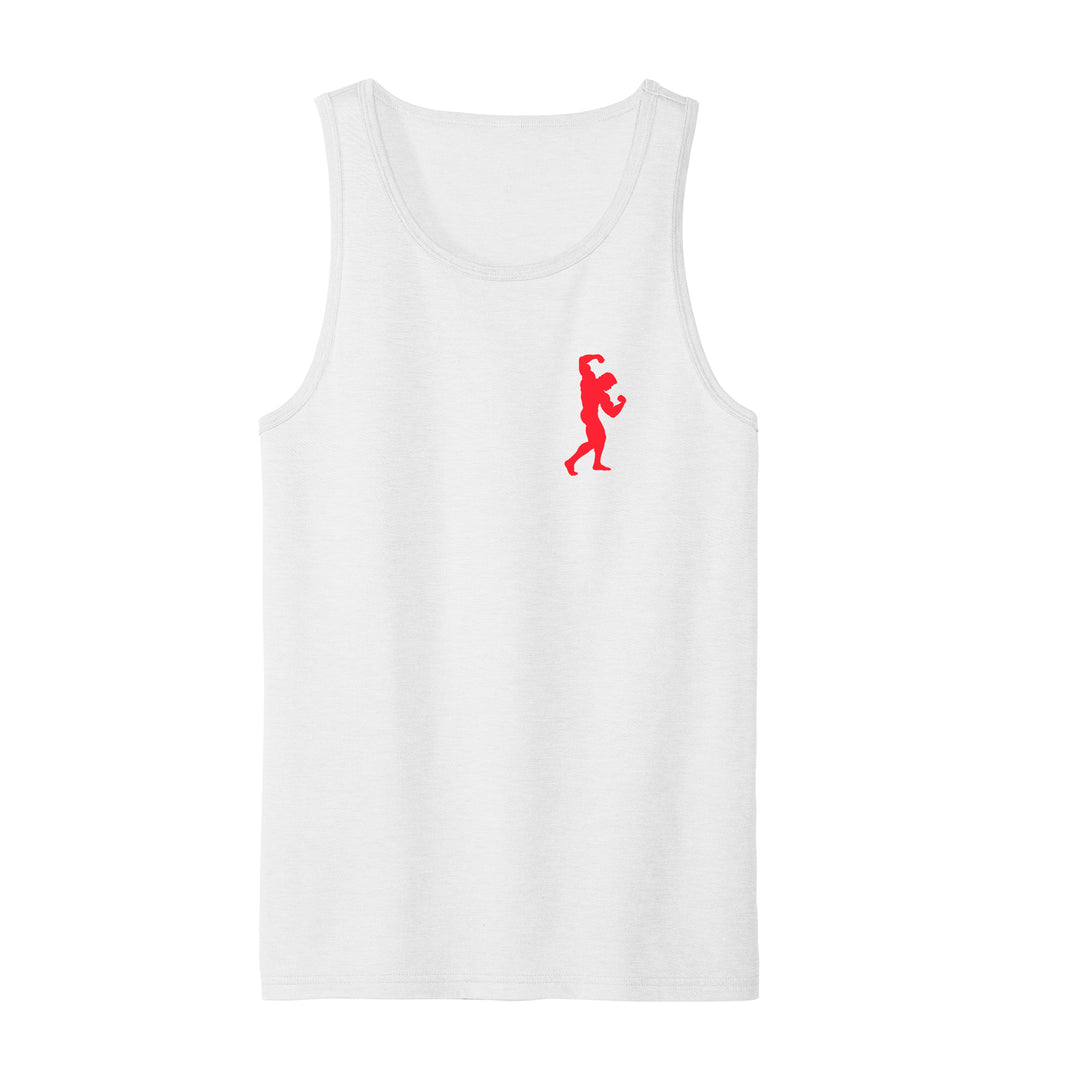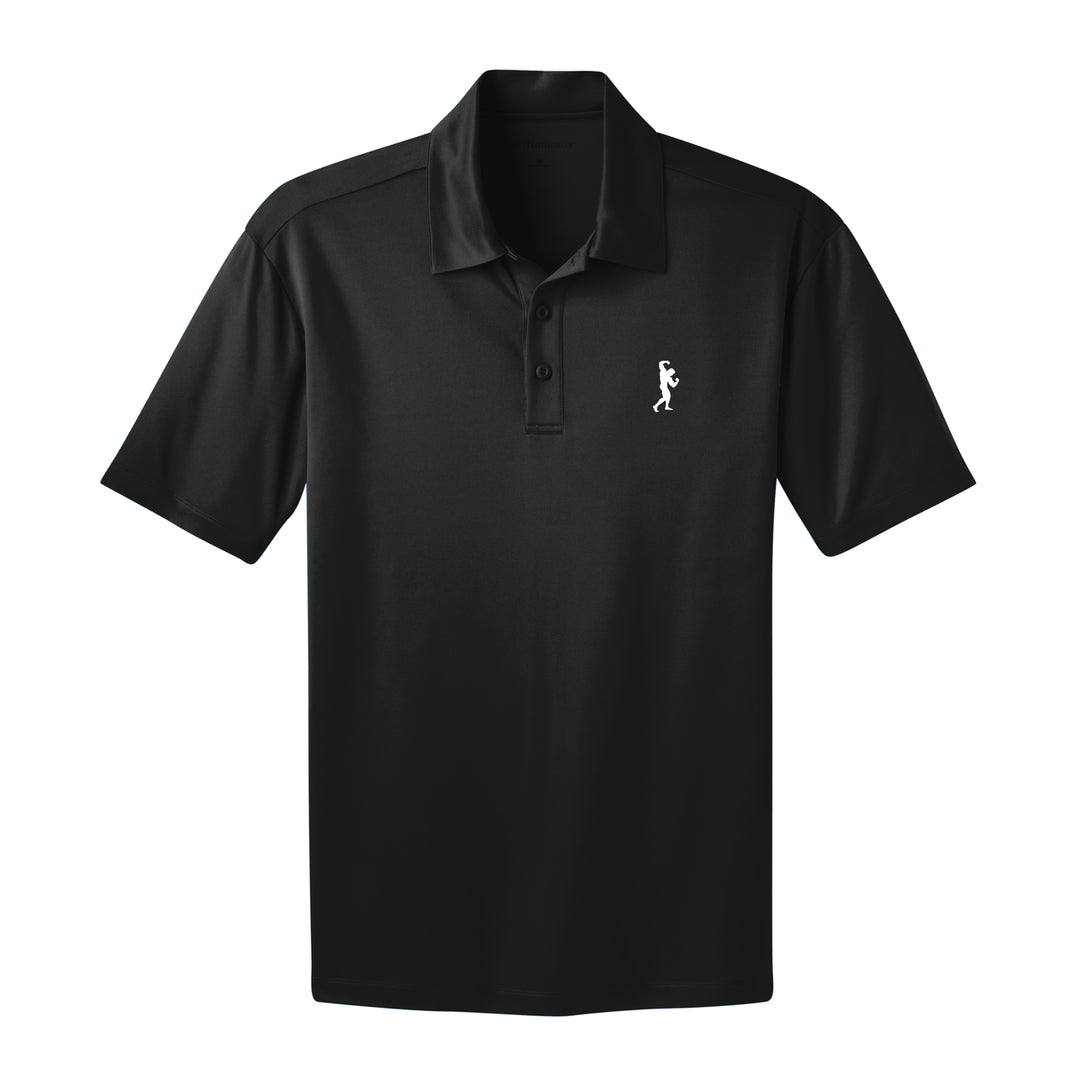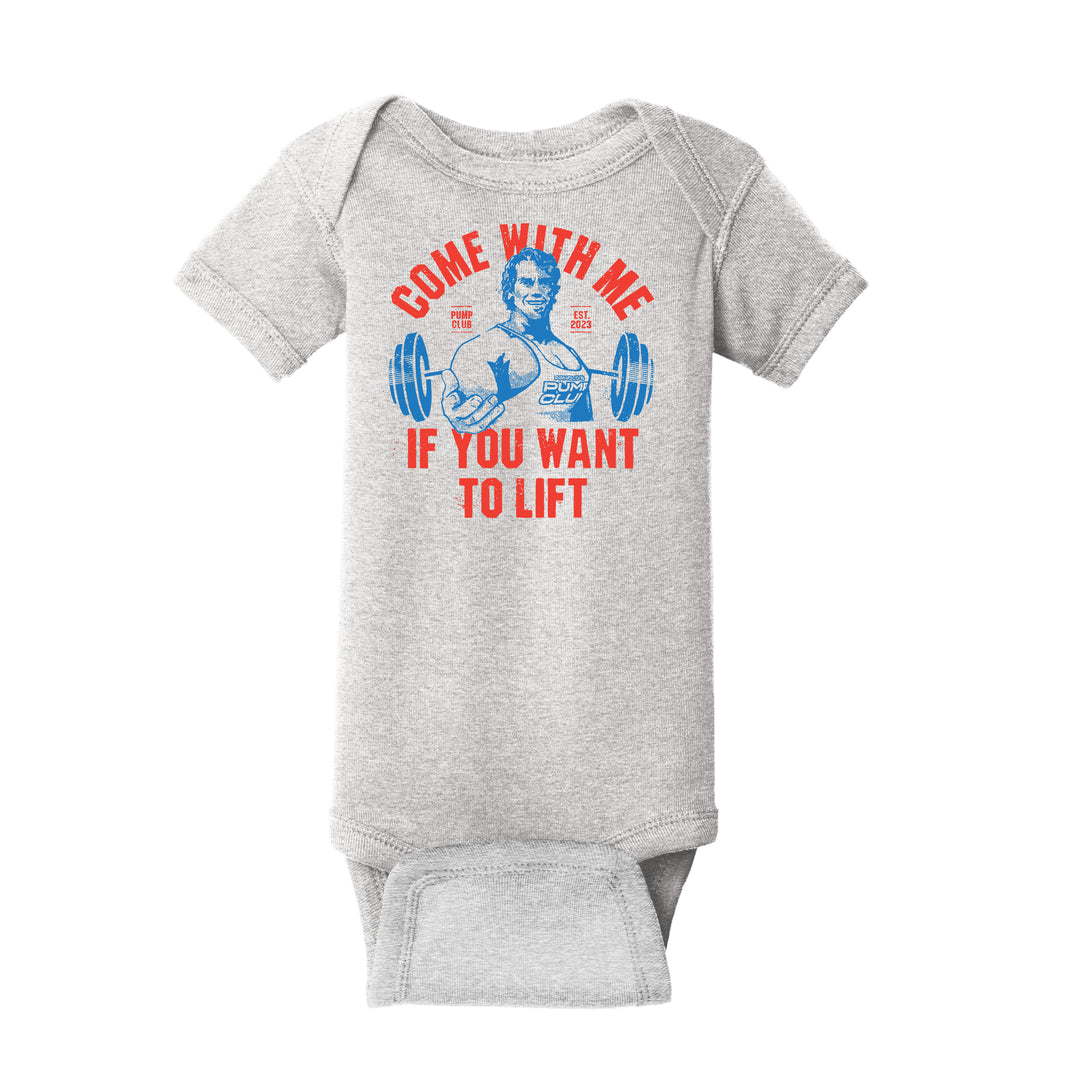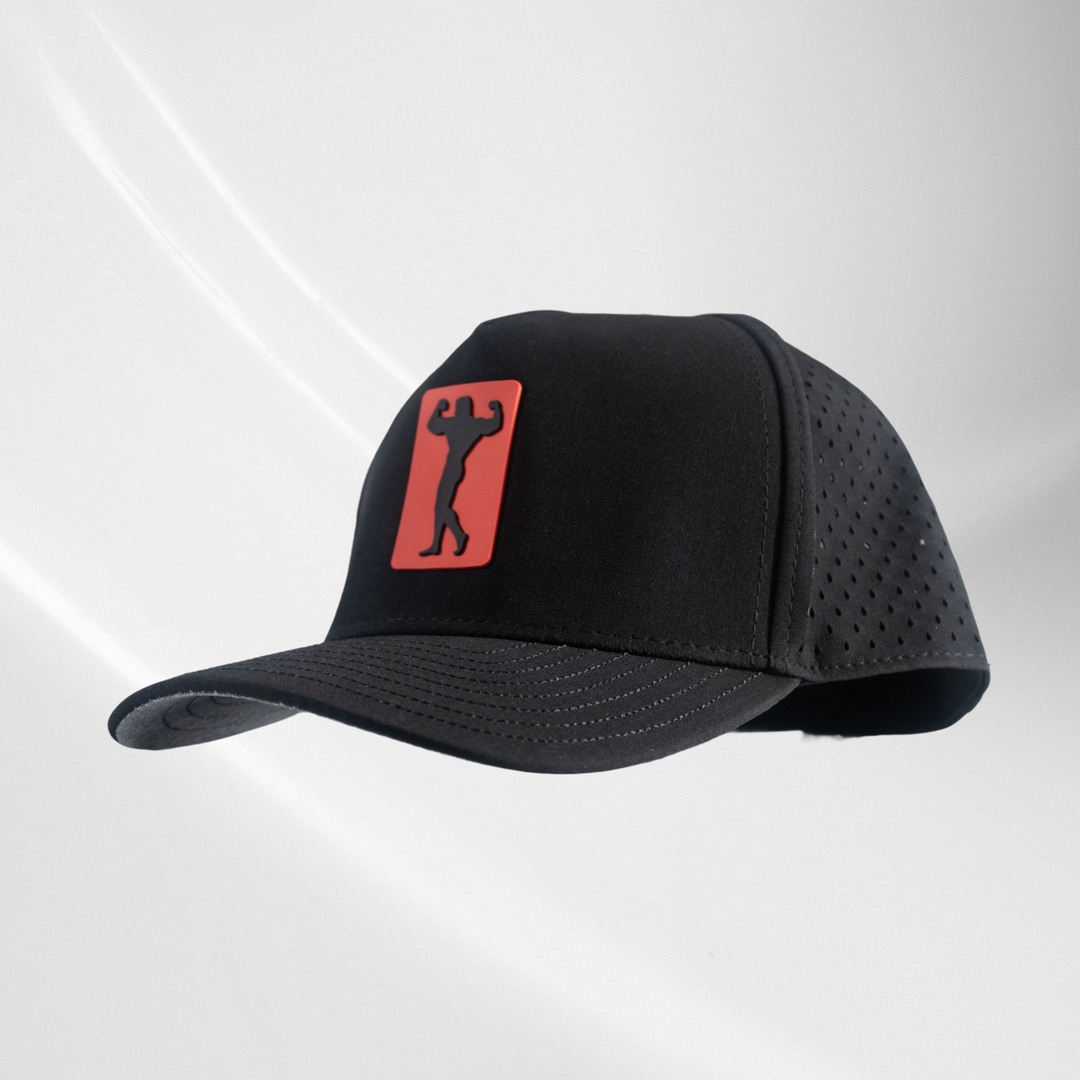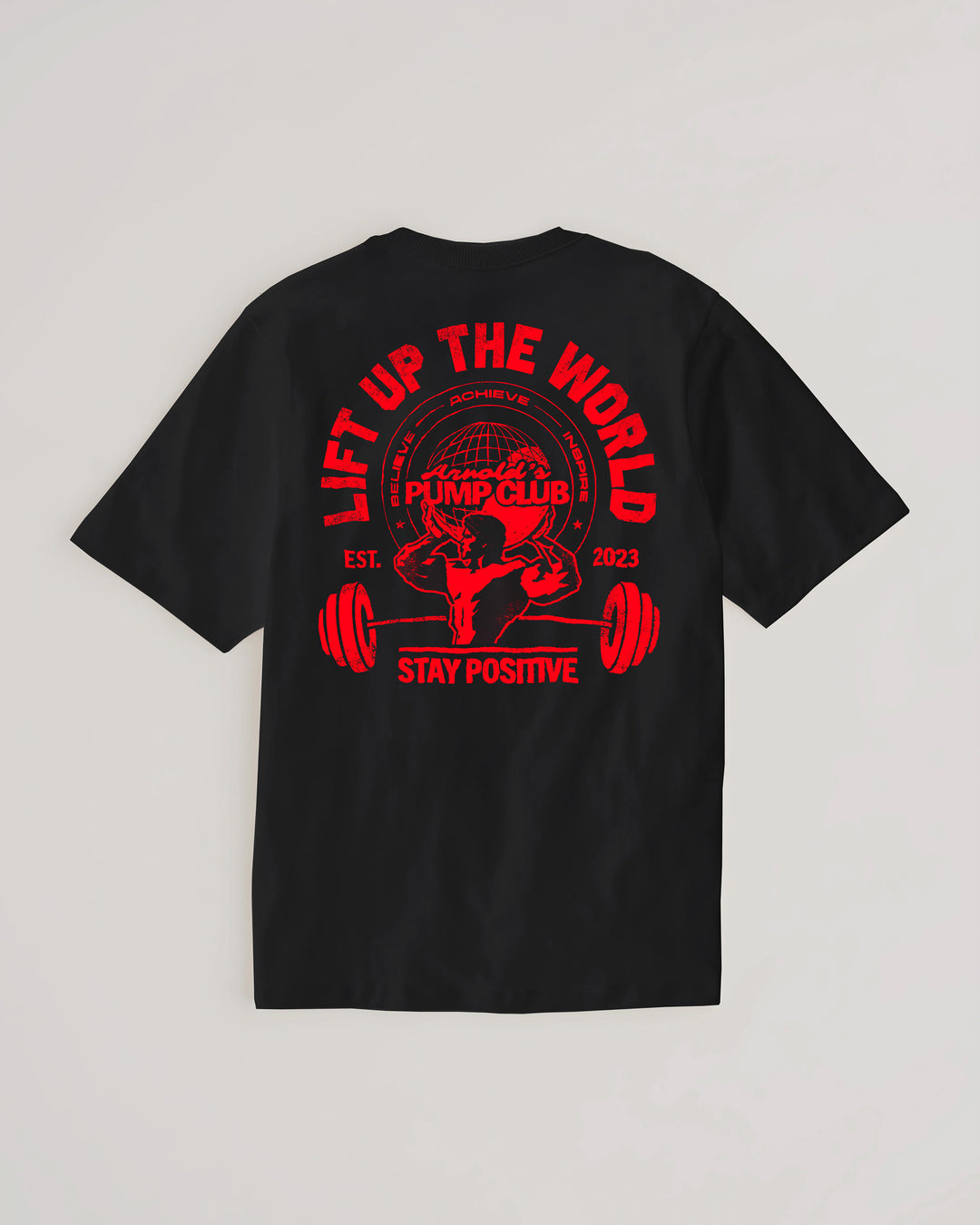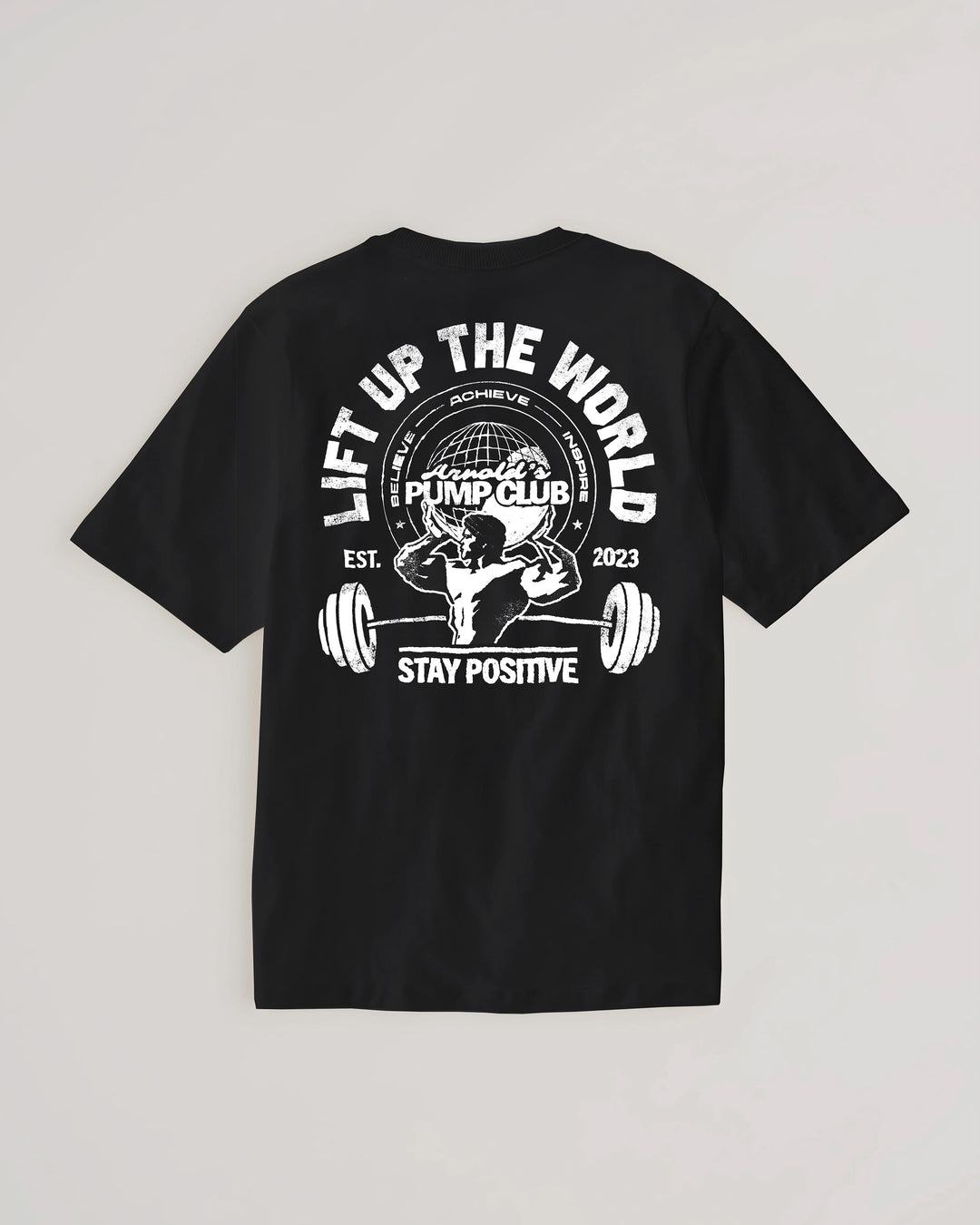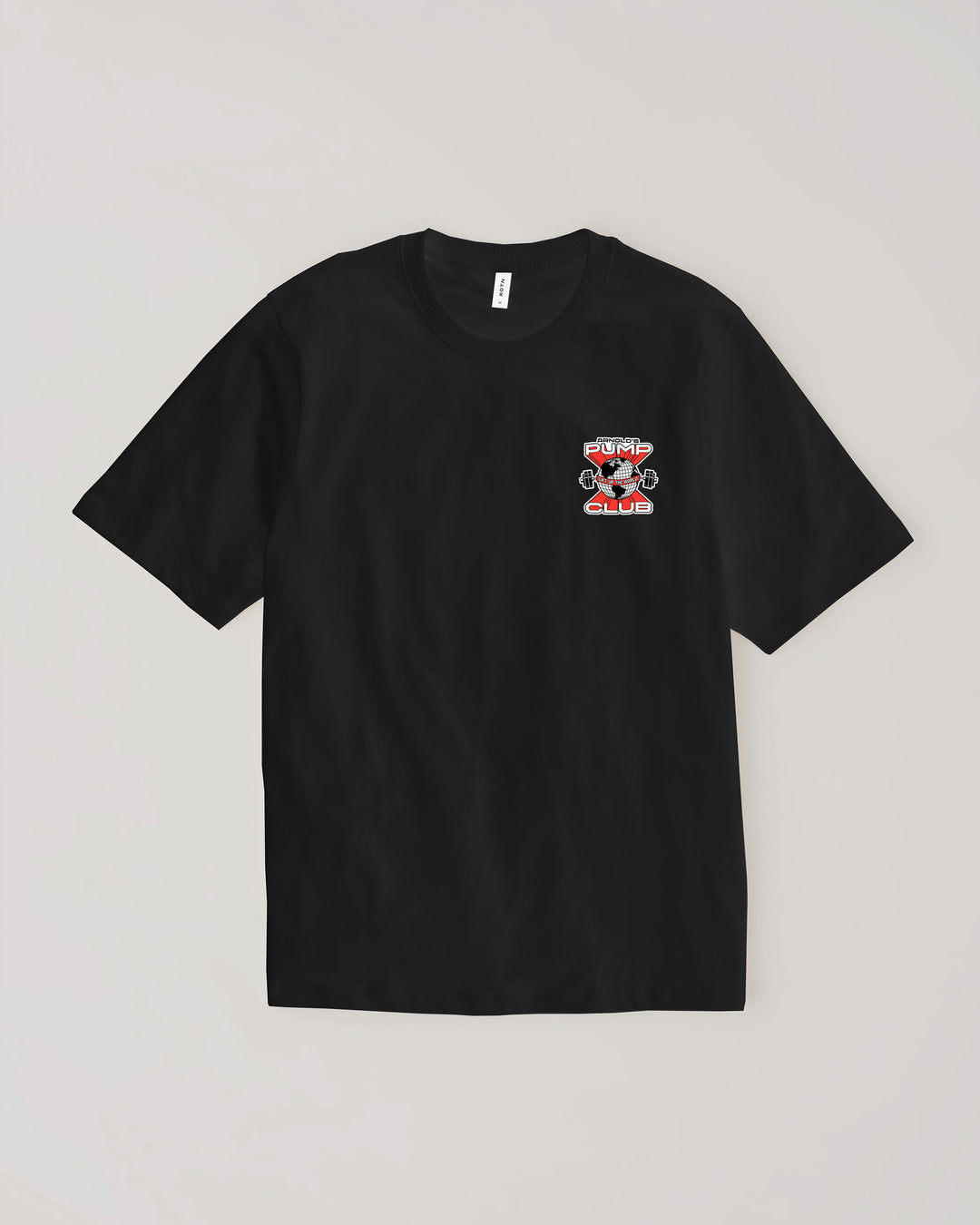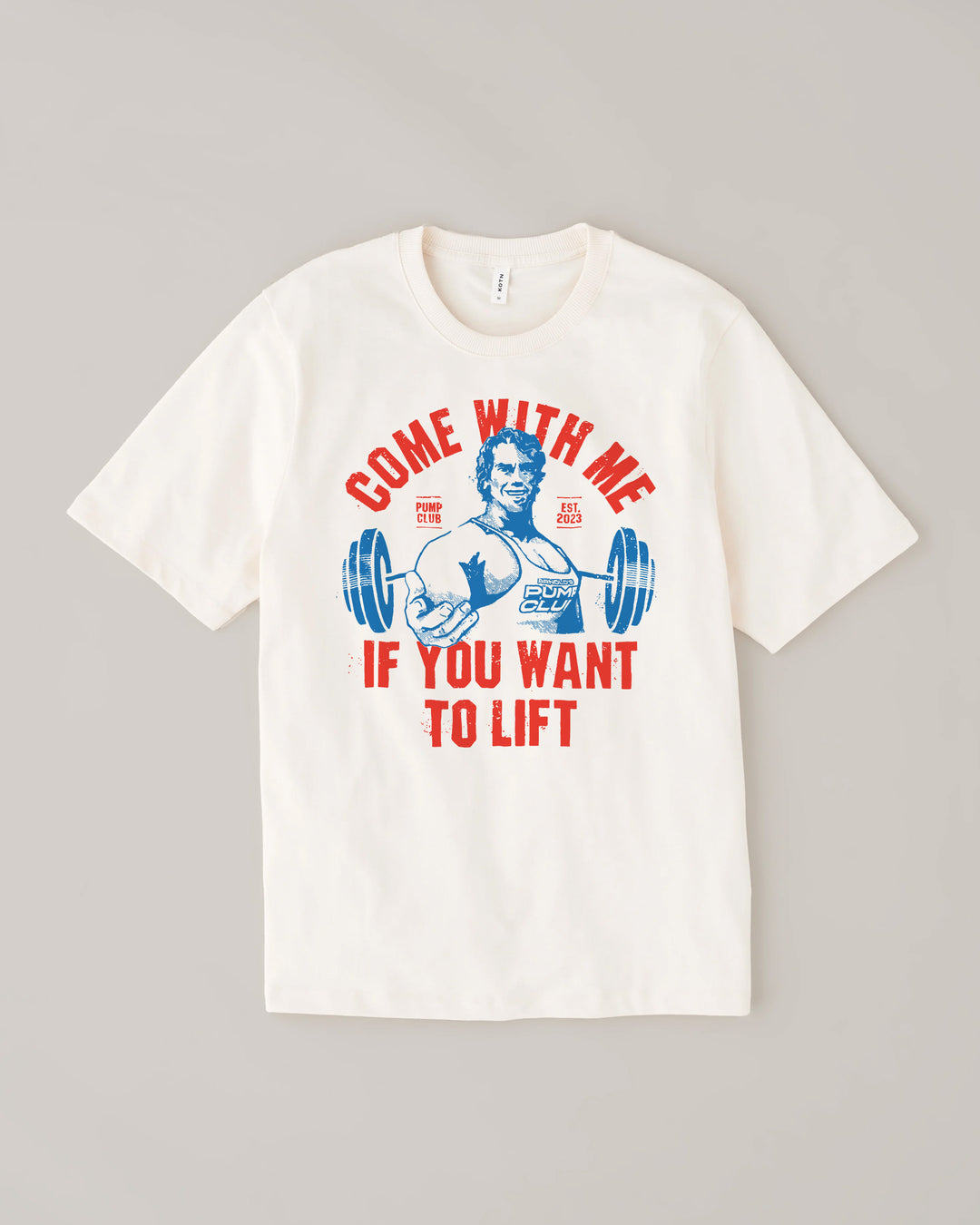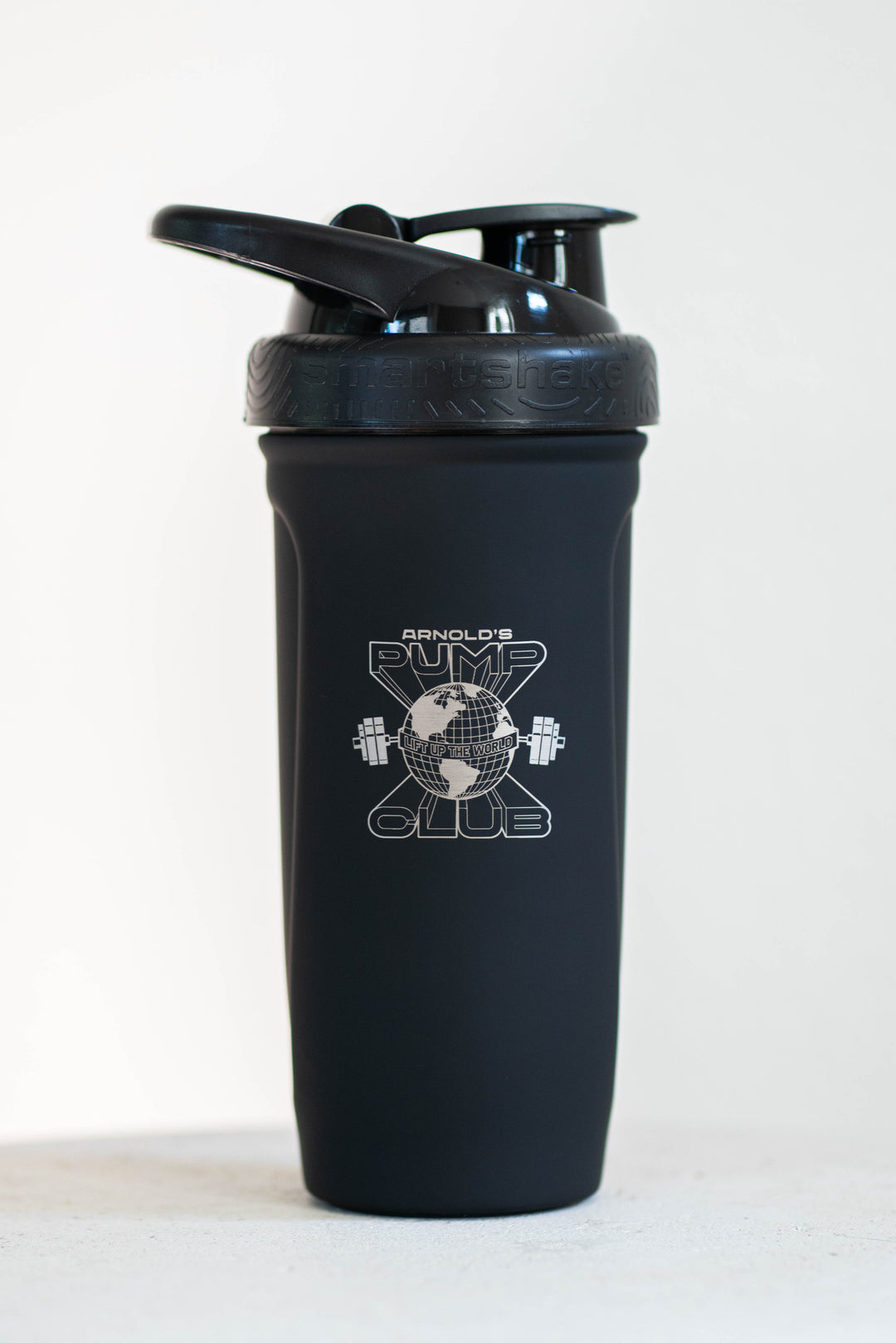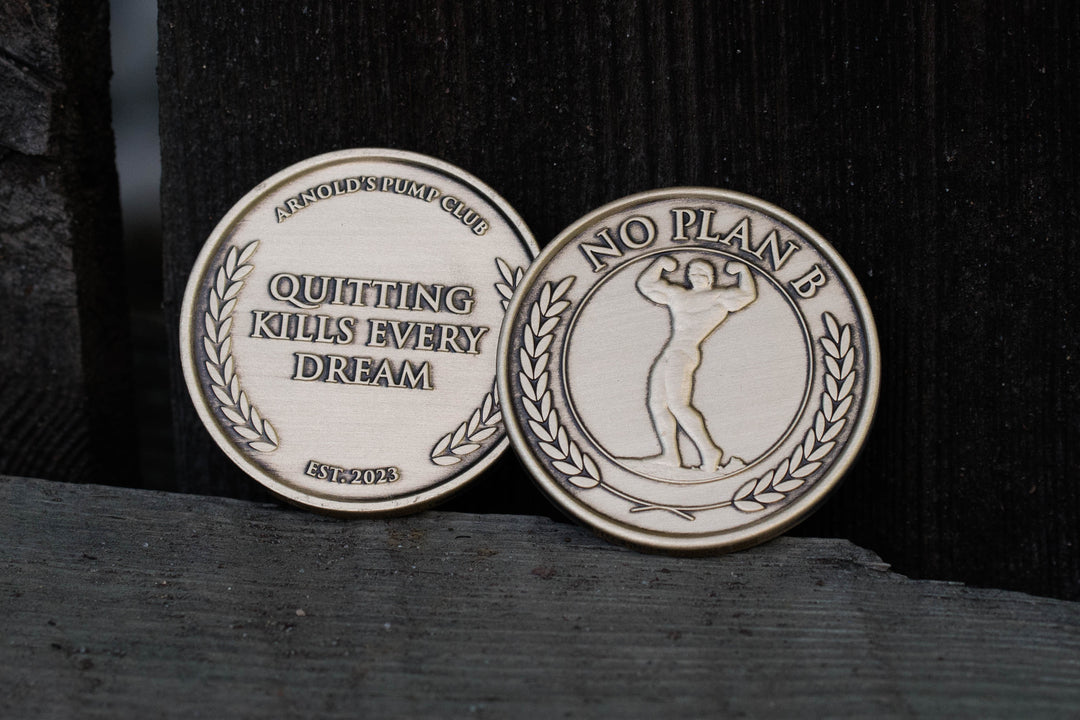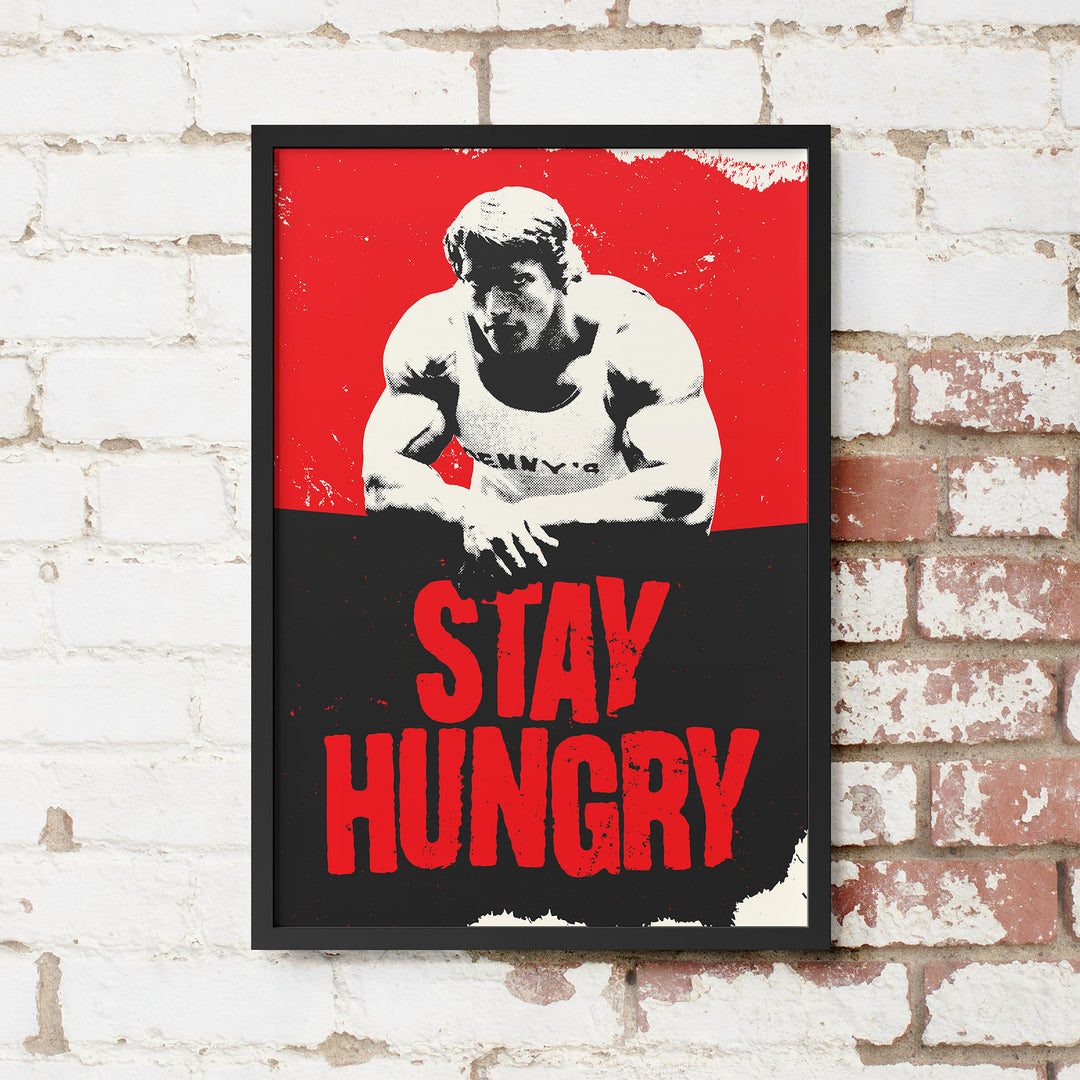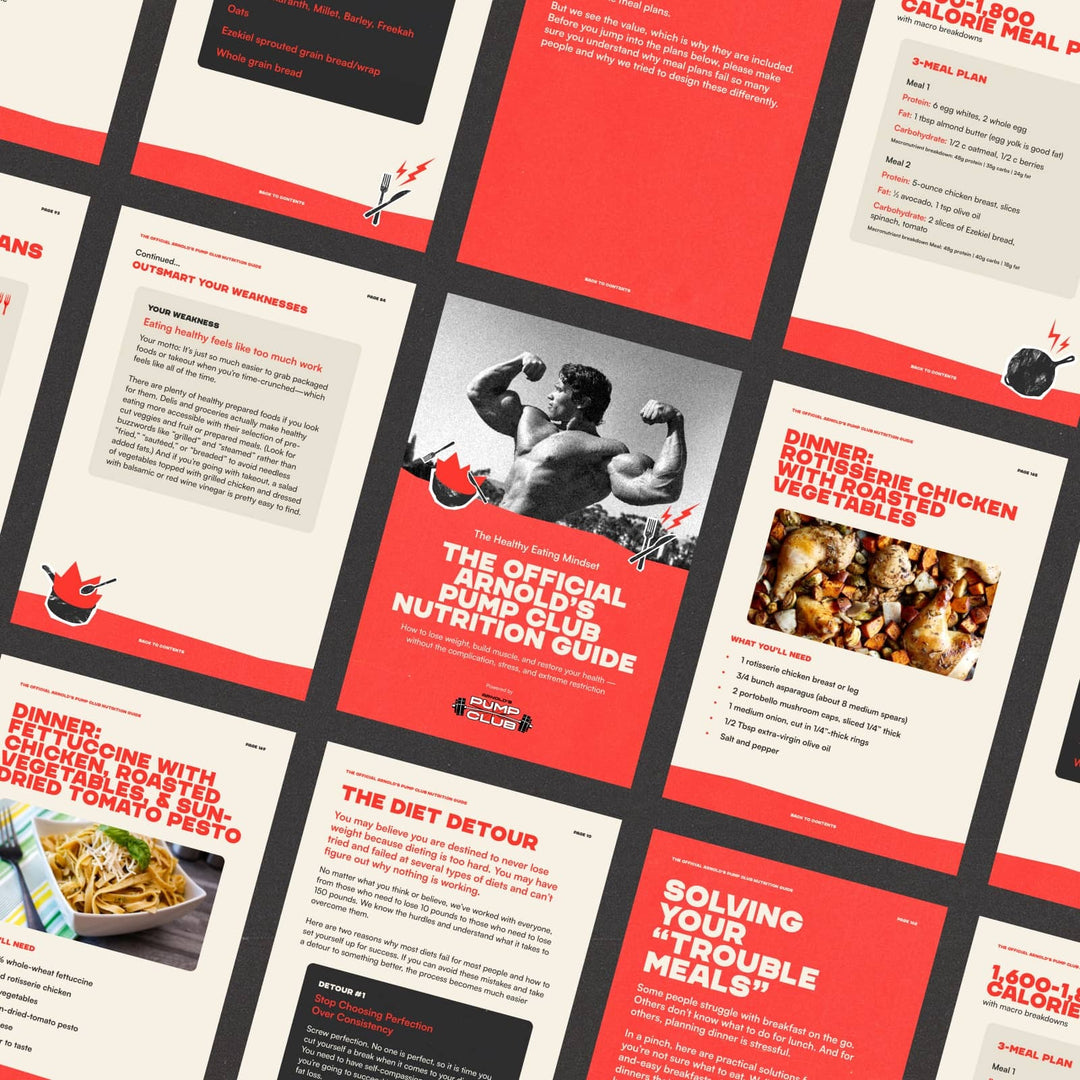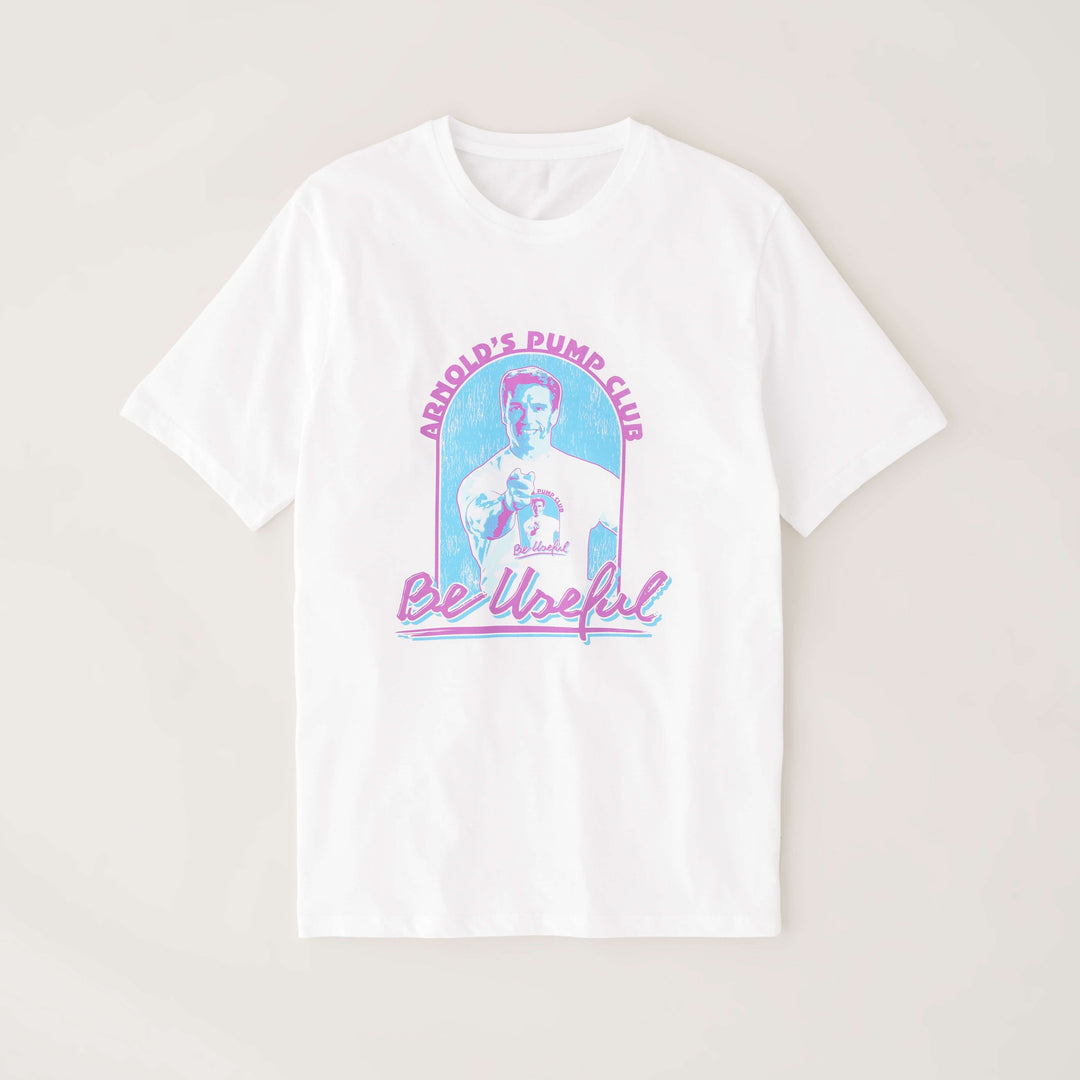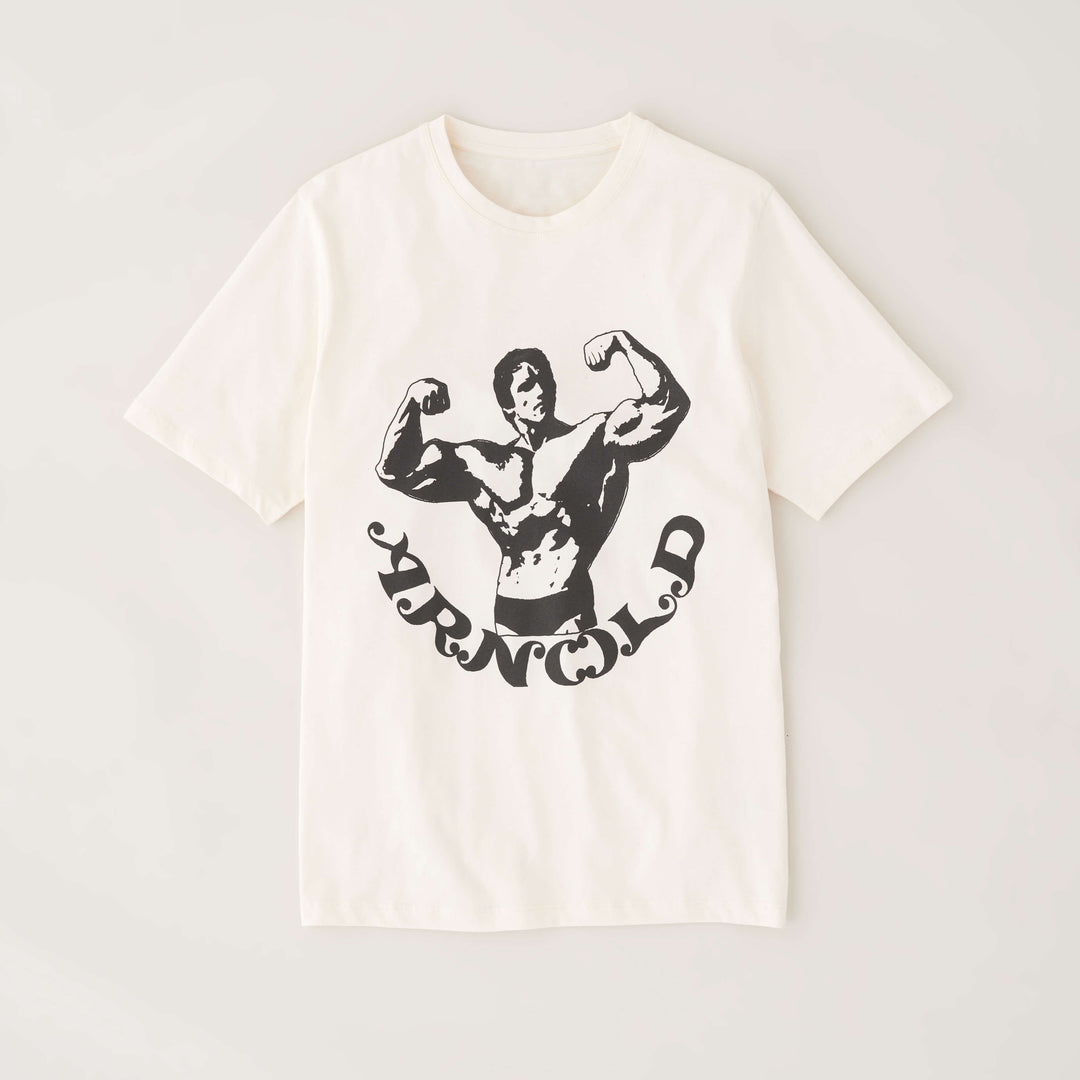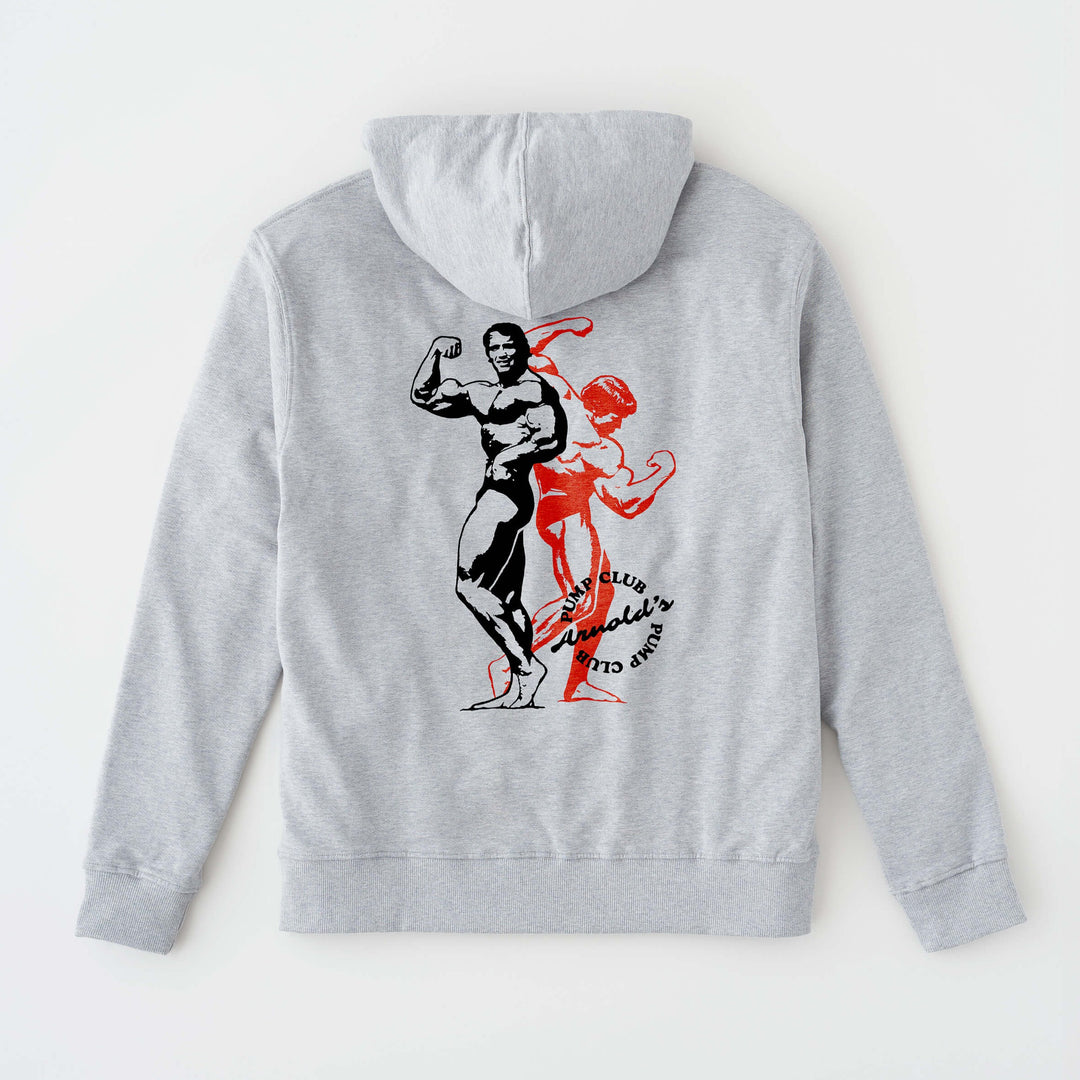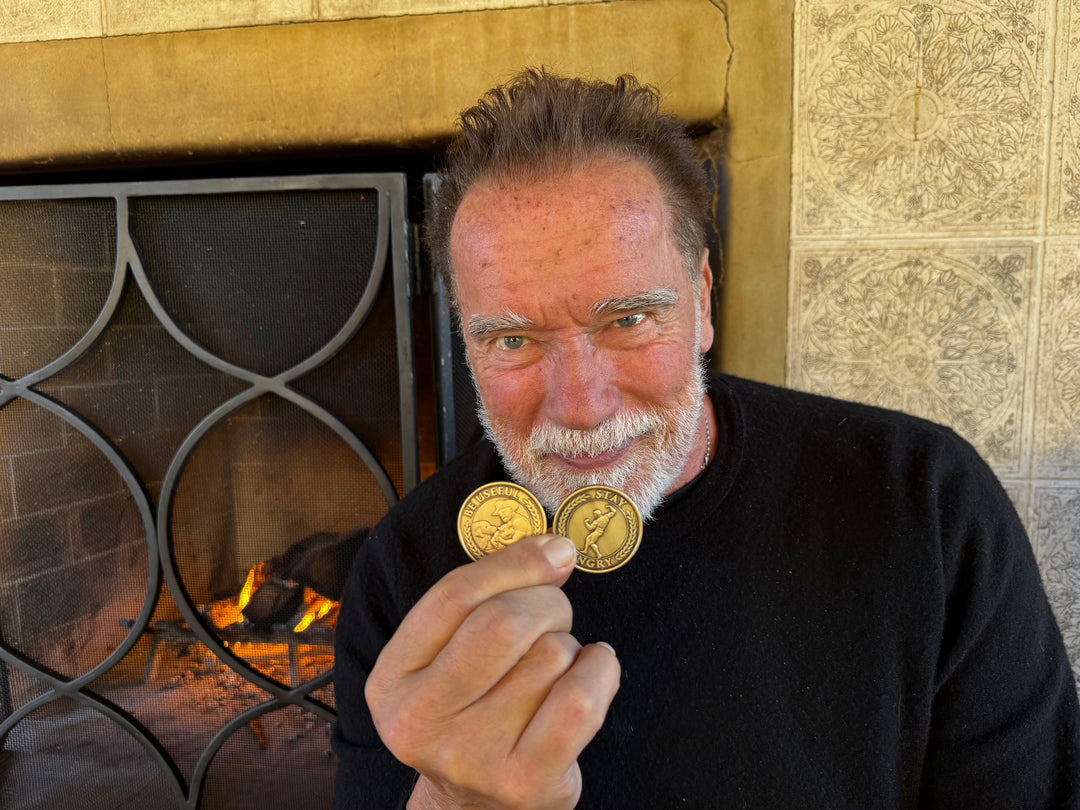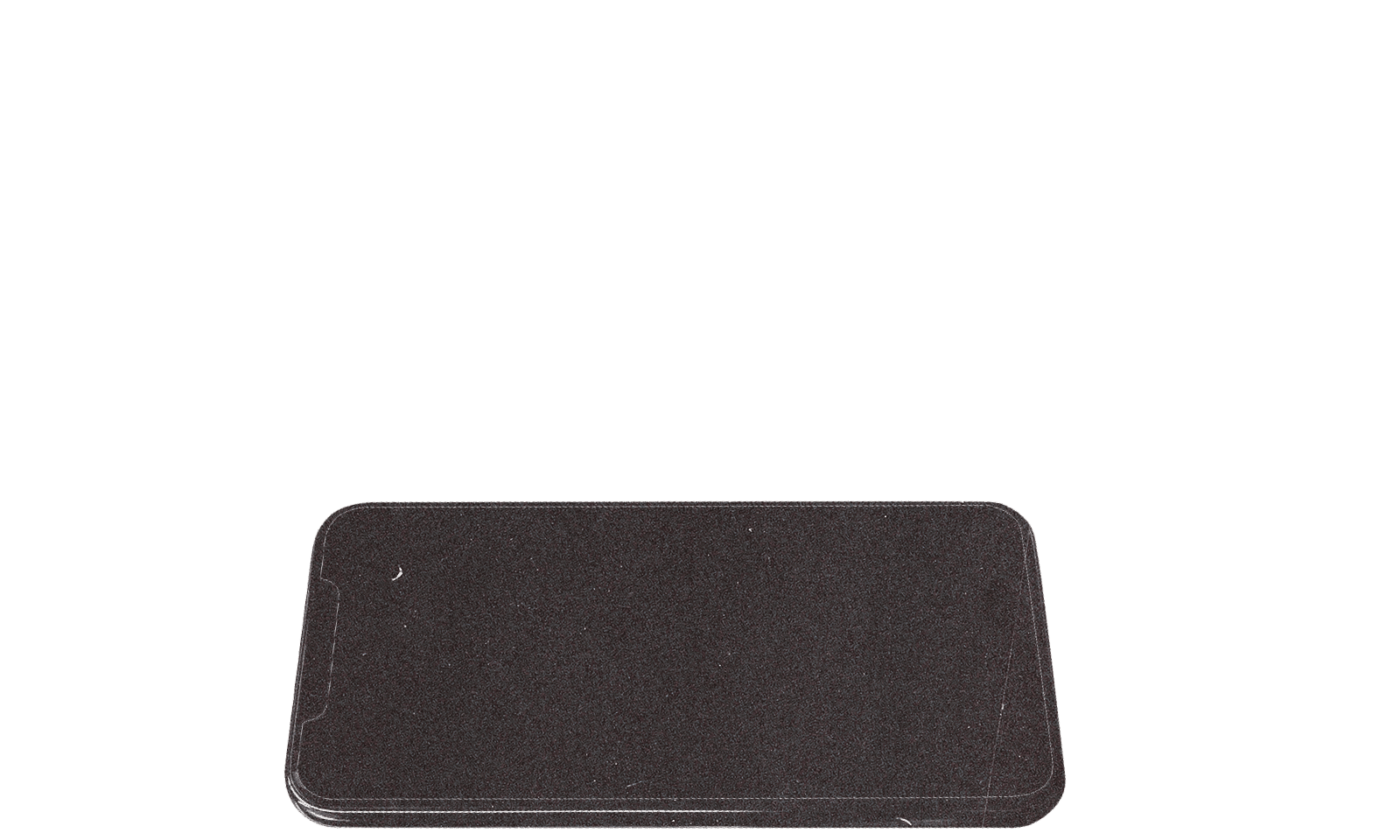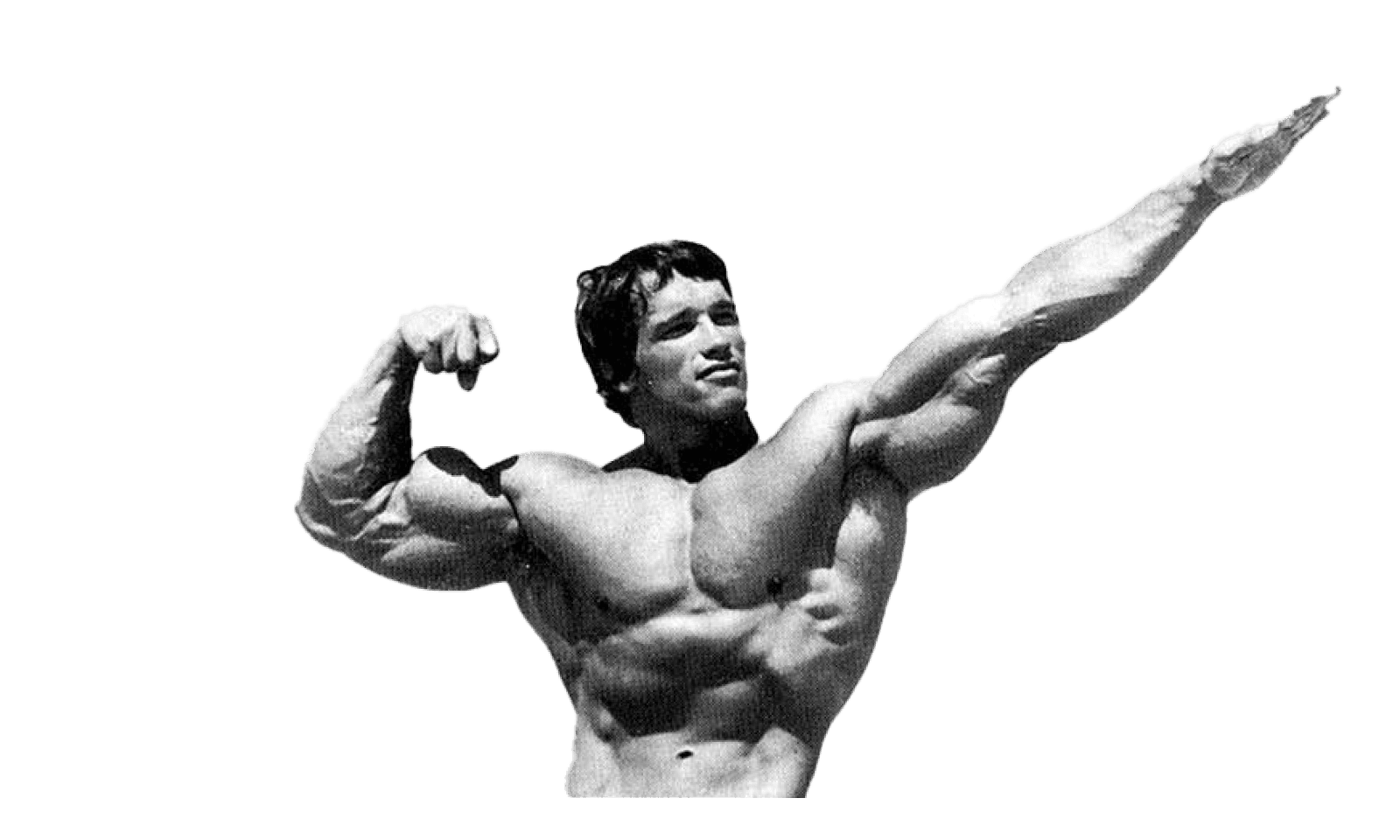Welcome to the positive corner of the internet. Every weekday, we make sense of the confusing world of wellness by analyzing the headlines, simplifying the latest research, and offering quick tips designed to make you healthier in less than 5 minutes. If you were forwarded this message, you can get the free daily email here.
Today’s Health Upgrade
How to find your flow state
Weekly wisdom
The sleep button
Is Instagram making you crave junk food?
Arnold’s Podcast
Want more stories from Arnold? Every day, Arnold’s Pump Club Podcast opens with a story, perspective, and wisdom from Arnold that you won’t find in the newsletter. And, you’ll hear a recap of the day’s items. You can subscribe on Apple, Spotify, Google, or wherever you listen to podcasts.
Mindset
How To Find Your Flow State
Editor’s note: we believe in the science of small things leading to big differences. Few people are better at identifying the best small changes than Editor in Chief of Entrepreneur Magazine, Jason Feifer. He shares his favorite lessons once per week in his fantastic newsletter, One Thing Better — which we highly recommend. We asked Jason to help us find the one thing to help you level up your entire life.
Do you ever feel like the harder you push, the worse your performance gets? There’s a scientific explanation for that, which you can use to improve physical and mental tasks.
People perform better with a moderate level of stress — so you must find the right balance between pushing yourself and chilling out.
That’s according to an influential psychology theory called the Yerkes-Dodson Law. It says our performance suffers when we’re too relaxed (we’re bored!) or too focused (we’re overwhelmed!). Like Goldilocks, we perform best when the balance is just right.
If you need proof, consider the last diet you tried and failed. Most plans are ruined by requiring perfection or following extreme behaviors, which pushes you over the edge and makes it harder to build healthy habits. (This approach helps you build better habits and eat healthier without all the stress.)

You can test the law yourself and see how it works. Shoot hoops while listening to your favorite music instead of intently focusing on your shot. Or brainstorm work ideas while walking outside instead of staring at your computer.
You’ll want to reach what psychologists call “flow state” — where you're challenged but still loose, performing at your best.
Here are some other ways you can find your “flow”:
1. Set challenging but manageable goals: Aiming too low leads to boredom, while aiming too high leads to overwhelm.
2. Batch your tasks: Set aside 30 minutes to reply to all your emails, for example, or do all your tedious tasks back-to-back. That way, you’ll get into a rhythm and be more efficient.
3. Pick your best times: When are you best at certain tasks? If you’re more creative in the morning, for example, then set aside that time for creative work. The work will flow easier.
4. Add some joy: Any project can feel like a grind, unless you lighten it up. Add music. Move around. Stand up during Zoom calls.
And keep experimenting! Once you find your flow, you’ll accomplish more — and stress less.
Weekly Wisdom
Recovery
The Sleep Button
You might have heard that exercising right before sleep could make getting high-quality rest harder. However, the right type of movement could be precisely what your body desires before winding down.
Research suggests a few minutes of movement can help prepare you to pass out faster and enjoy deeper sleep.
Scientists found that light massage — such as foam rolling or a massage gun — can help reduce anxiety, increase relaxation, and even potentially boost serotonin — all of which might help you fall asleep faster and experience more restorative sleep.
If you’re new to foam rolling, you only need something solid (like a foam roller or a tennis or lacrosse ball) and a little space. Focusing on small movements, roll the solid object on the front and back of your legs (quads and hamstrings), your glutes, upper back, and the bottom of your feet. And call it a night. All you need is about 5 to 10 minutes.
The massage gun is even easier. Find the amount of pressure that helps you feel relief in the muscle, and apply it to all your main muscles (similar to foam rolling) for 10 to 30 seconds.
If you’re looking for the gold standard massage gun, this is our top pick (with all the bells and whistles), and here’s a version that’s even more affordable. Because you’re a part of the village, all members of Arnold’s Pump Club receive 10 percent OFF their purchase. Use the code “Arnold10” at checkout and experience the difference when you take your sleep and recovery to the next level.
Nutrition
Is Instagram Making You Crave Junk Food?
Social media is where we find inspiration, motivation—and sometimes, sabotage.
A new study suggests that exposure to junk food content on Instagram doesn’t just hurt your cravings—it can tank your mood, too.
Participants were divided into two groups: one viewed Instagram posts featuring junk food, while the other saw images of nature, travel, and architecture. Before and after viewing the Instagram feed, the participants filled out surveys with questions about cravings, hunger, body image, and mood, including stress, exhaustion, and sadness. And then, the participants were instructed to build a theoretical meal tray from a list of foods and drinks that they wanted to eat.
Participants who viewed images of junk food had higher levels of exhaustion, hunger, sadness, and stress afterward. They also expressed more cravings for junk food. In comparison, participants viewing non-food images expressed more desire for healthy food.
The study highlights the powerful role of visual triggers. Seeing calorie-dense, nutrient-poor foods light up the brain's reward centers, intensifying cravings while contributing to feelings of dissatisfaction and lower self-control.
But it’s simple to make a switch. In the study, participants switched groups, and the cravings and bad moods instantly disappeared. So, the practical approach could be as simple as avoiding your social media feed before meals to lessen the likelihood that you make worse food decisions.
If cravings hit, remember it’s not always a sign of hunger—it could mean your brain has been triggered. Drink water, take a walk, or distract yourself for 10 minutes to determine if you really need something to eat.
That’s it for this week. Here’s wishing you all a fantastic weekend, and remember that you all have the strength to lift up the world.
-Arnold, Adam, and Daniel
—
Publisher: Arnold Schwarzenegger
Editors-in-chief: Adam Bornstein and Daniel Ketchell


